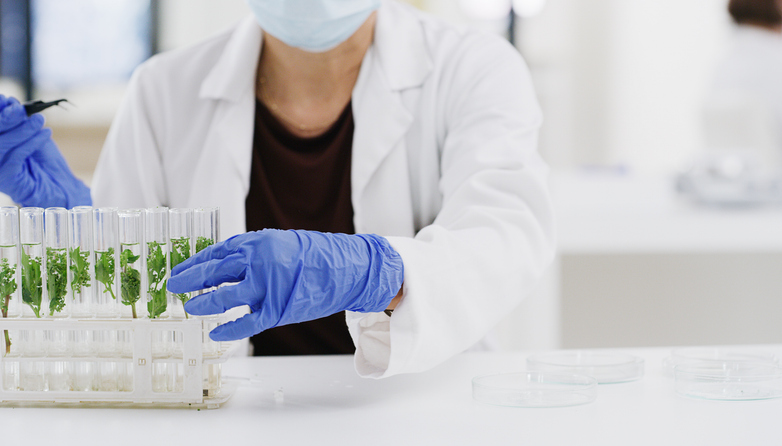 A new rule went into effect last week that changed some guidelines for American SDS. If you don’t amend your SDS to take these changes into account, you might find yourself out of compliance. The new regulation was published on June 2nd, and went into effect on July 5th.
A new rule went into effect last week that changed some guidelines for American SDS. If you don’t amend your SDS to take these changes into account, you might find yourself out of compliance. The new regulation was published on June 2nd, and went into effect on July 5th.
The rule was written by the Pipeline and Hazardous Materials Safety Administration (PHMSA), which is part of the Department of Transportation. Although this rule only directly applies to shipping papers, it will indirectly effect sections 1 and 14 of certain SDS.
What changes have the PHMSA made, and how might they affect you? The full text of the rule can be found here, but there are really only two major changes. Let’s have a quick look at them:
1. Emergency Contact Numbers
The first change has to do with emergency contact numbers. In the past, companies commonly supplied “alpha-numeric” phone numbers, which include both numbers and letters. Alpha-numeric numbers are supposed to be easier to remember, but they have to be translated back into a normal phone number before being used.
The PHMSA has decided that converting the alpha-numeric numbers into something usable wastes valuable time in the event of an emergency. Because of this potential danger, the new rule has banned alpha-numeric contact numbers on shipping papers. This change will probably cause chemical suppliers to move away from using alpha-numeric numbers in other contexts.
If your SDS has an alpha-numeric phone number on it, you should take this rule as your cue to change it, or at least include the plain phone number as well.
2. Packing Group Changes
The biggest change is which packing group certain materials are assigned to. Prior to this rule, explosives, self-reactive substances, and organic peroxides were automatically assigned to PGII (moderate danger). This conflicted with other rules which explicitly made those materials exempt from packing group classification, leading to a lot of confusion. In many cases, the PGII classification was inappropriate, leading to unsafe shipping and handling practices.
To fix this problem, the PHMSA rule does away with the default PGII classification for those materials. If you have an SDS for an explosive, a self-reacting substance, or an organic peroxide, it will have to be changed to reflect this new rule. To fix it, go to section 14 of your SDS and change “PGII” to “N/A”; that should be enough to get you back into compliance.






